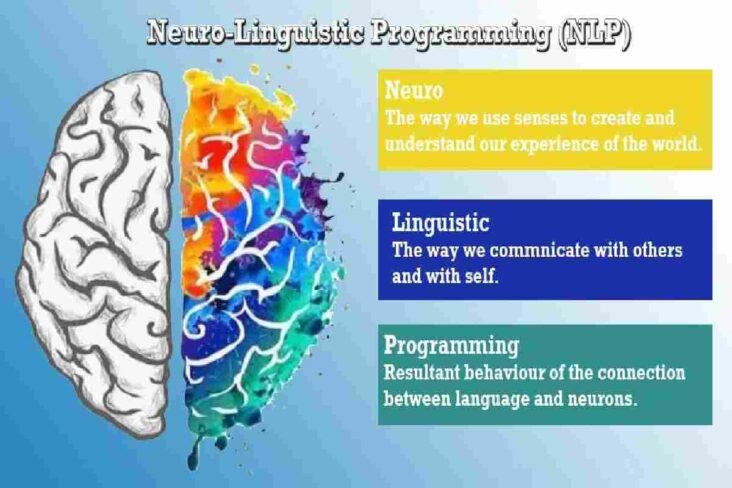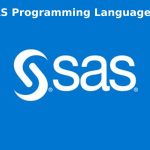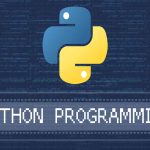Introduction
Neurolinguistic programming why are so many athletes using visualization techniques? Why are affirmations and spells so popular in fitness exercise? Does she always seem to know what she doesn’t? It’s not just her confidence. The answer you may not have heard Neurolinguistic programming techniques. The difference between successful and unsuccessful people is that fruitful people are willing to do things that ineffective people refuse to do. NLP technique is also one of them. These are powerful ways to change how you think and live, and you can start using them today.
What is Neurolinguistic Programming?

Neurolinguistic programming studies how our thoughts influence our actions. It explores how our brain interprets the signals it receives and how that interpretation affects our behavior. It is done through a language, which is the language part of neurolinguistic programming technology. By examining how our brain processes information, NLP techniques help us see our thoughts, feelings, and emotions as something we can control rather than something that happens passively. NLP encapsulates one of Tony’s strongest core beliefs. We can change how we think, feel, and act by changing our focus. Because where the focus goes, the energy flows. Richard Bandler and John Grinder established NLP in the 1970s, but many researchers, authors, and Tony himself have extended it.
What is NeuroLinguistic Programming Used for?
Because NLP techniques focus on behavioral change, they can be used for various purposes. Psychiatrists use NLP alone or in combination with other forms of healing, such as talk therapy and psychoanalysis, to treat depression and anxiety. It can be explicitly used to treat phobias but also for different conditions of fear, such as panic attacks. The therapist works to create a “map” of the person, a new map that uncovers the unproductive patterns that make them feel stuck and replaces them with empowering habits and effective strategies. Neurolinguistic programming can also be helpful for those who do not have serious mental health problems but are interested in personal growth. This powerful human need brings fulfillment to life. NLP techniques are beneficial for building skills such as public speaking, sales and negotiation, team building, and leadership.
Neurolinguistic programming and coaching go hand in hand because they focus on action-oriented personality and growth. Many trainers use NLP techniques to reprogram their clients’ brains to help them reach their goals.
How to Start Using NeuroLinguistic Programming Immediately to Improve Sales?
You don’t have to delve into NLP specialties like “subjective versus objective perception” or “cognitive reframing” to use NLP in marketing successfully. Feelings are the languages of the hidden, and psychologists have frequently found that most of our decisions are based on emotion and, in hindsight, are justified by logic. With just three of his NLP techniques, you can tap into the power of non-verbal communication, human emotional responses, and the subconscious mind for immediate sales results.
1. Build Relationships Using NLP Mirroring
NLP mirroring is a technique that subtly mimics the behavior and body language (also known as non-verbal communication) of a salesperson. It activates the client’s mirror neurons and ultimately builds relationships because people subconsciously prefer people who remind them of themselves.
A client and I recently had lunch and discussed ways to grow our brand. Suddenly excited by a topic, he jumped up from his seat and began to emphasize his voice, and I also quickly got up and raised my voice with him to keep the relationship going.
For those new to NLP, this may feel awkward. So start by casually mimicking your prospect’s behavior and posture. If they bend forward, you should lean on too. Once they are comfortably seated, do the same. You can even try using some of the exact words they use. Practicing NLP mirroring makes it feel more natural as it becomes a habit.
2. Empowered State Consolidation
Everyone has a song or smell that repeats something. NLP anchoring associates physical sensations with specific emotional states. It is also define as an association between an external and an internal state. With the help of anchoring, it becomes possible to re-access a person’s form of empowerment through external stimuli. In his book, The Means of the Wolf, Jordan Belfort, also recognized as The Wolf of Wall Street writes about empowering nations through scent programming. Every time he sold a product, he would inhale his essential oil and smell it, pinning his highest emotional state to that scent. After that, he would smell the same inhaler whenever he needed a confidence boost and physically “remember” that climax.
He tried aromatherapy nose drops. Feeling euphoric after completing a big task or deal, he would lock in that heightened emotional state with the scent of the stick. Then, just before heading off to the sales pitch, I inhaled the smell again, and I immediately felt confident and ready to close my next deal.
3. Perception Position
Perceptual Positions is an NLP technique that allows the seller to understand the “reality” of the buyer or customer. It can be loosely define as putting yourself in someone else’s shoes and seeing what they see and hearing what they hear. Unlike mirroring, where the goal is to activate the client’s mirror neurons, perceptual positioning triggers one’s mirror-her neurons to give insight into another human being. The Perceptual Stand is not based on physical imitation. Still, it is a creative process, an exercise in restatement where he views interactions with customers or prospects from three perspectives. A first-second and third position. It allows you to gather data from multiple perspectives and avoid being clouded by your emotional biases.
Conclusion
Neurolinguistic programming is a method of changing a person’s thoughts and behaviors to achieve desired outcomes. It can reduce anxiety and improve overall health. Neuro-Linguistic Programming (NLP) has grown in popularity since its inception in the 1970s.




GIPHY App Key not set. Please check settings